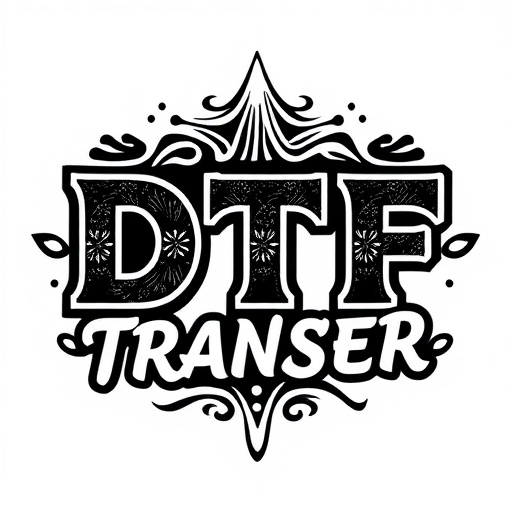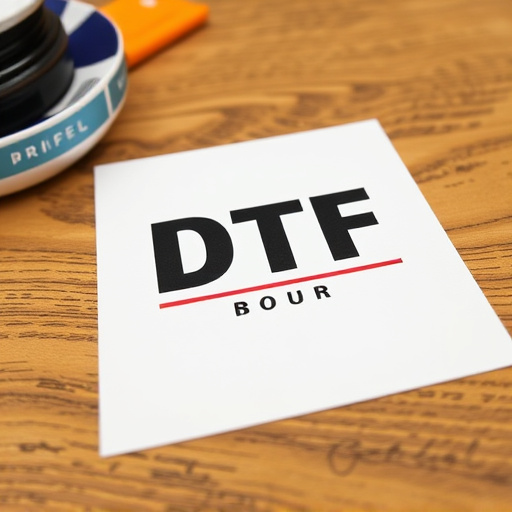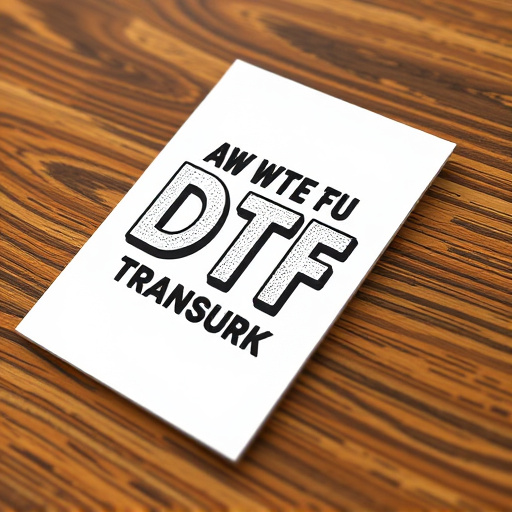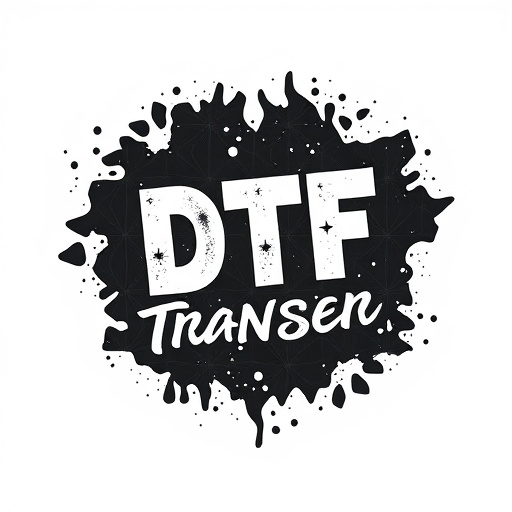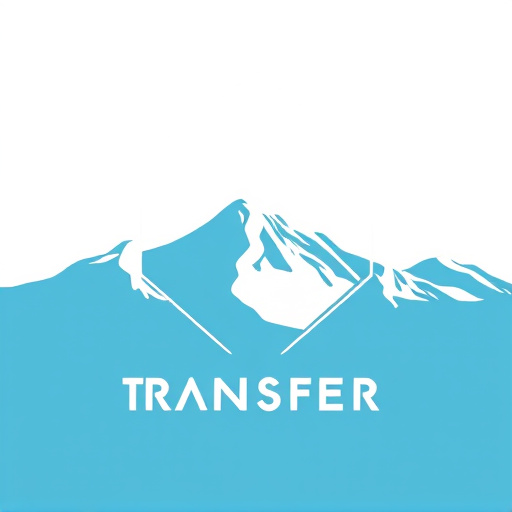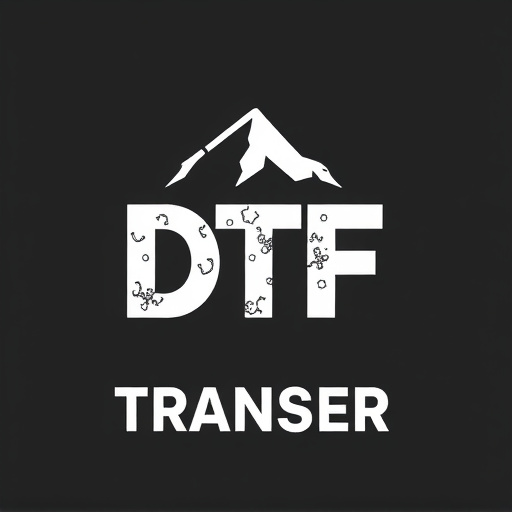Direct-to-Film (DTF) transfer orders offer swift, efficient printing of high-quality digital files on various materials. Traditional shipping methods pose challenges with time lags and flexibility issues. The digital era has sparked a rise in DTF services, catalyzed by technological innovations and consumer demand for quick delivery. Efficient quick-ship options are crucial for DTF businesses to meet tight deadlines, enhance operational efficiency, and satisfy customers. This guide outlines steps to implement these options, ensuring faster turnaround times while maintaining quality standards for DTF clients.
In today’s fast-paced world, quick turnaround times are paramount, especially for direct-to-film (DTF) transfer orders. This article explores efficient quick-ship options tailored for DTF businesses facing challenges with traditional shipping methods. We delve into the emerging solutions that revolutionize order fulfillment, highlighting key features and benefits for both businesses and customers. By understanding these advancements, you’ll be equipped to implement quick-ship services, enhancing operational efficiency and customer satisfaction in the DTF industry.
- Understanding Direct-to-Film (DTF) Transfer Orders
- Challenges with Traditional Shipping Methods for DTF
- The Rise of Quick-Ship Solutions
- Key Features of an Efficient Quick-Ship Service
- Benefits for Businesses and Customers Alike
- Implementing Quick-Ship Options: A Step-by-Step Guide
Understanding Direct-to-Film (DTF) Transfer Orders
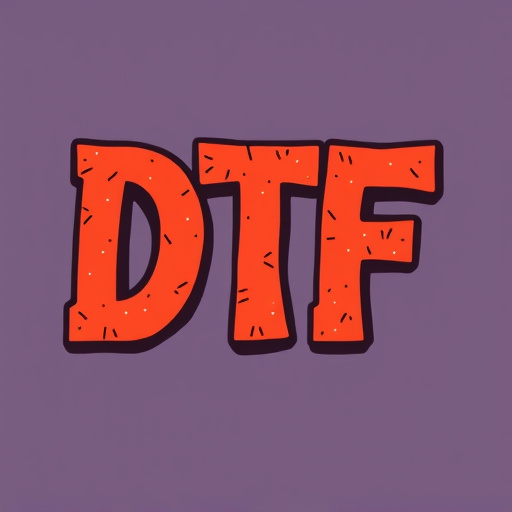
Direct-to-Film (DTF) transfer orders are a specialized printing process that allows for fast and efficient production of high-quality prints directly from digital files. Unlike traditional printing methods, DTF technology eliminates the need for intermediate steps like film positives or plates, enabling quicker turnaround times. This is particularly beneficial for businesses and individuals looking to swiftly produce custom art, photos, or graphics for various purposes, such as marketing materials, events, or personal projects.
DTF orders streamline the production process by directly applying ink to the printing surface through a fine spray or jet system. This direct approach ensures precise color reproduction, vibrant images, and exceptional detail. With advanced machines and inks designed specifically for DTF, it’s possible to achieve outstanding results on various materials, from canvas and posters to t-shirts and signage. Understanding the capabilities and nuances of DTF printing is key to leveraging its quick-ship benefits effectively.
Challenges with Traditional Shipping Methods for DTF
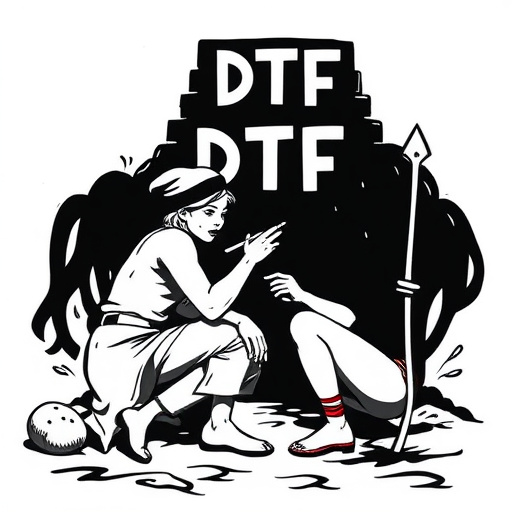
Direct-to-film (DTF) transfer orders often face significant challenges with traditional shipping methods. One of the primary issues is the time lag; physical orders can take days or even weeks to arrive at their destinations, delaying the entire production process. This delay is particularly problematic in fast-paced industries where quick turnaround times are crucial for meeting deadlines and maintaining efficiency.
Moreover, traditional shipping methods may lack the flexibility required to handle high-volume or urgent DTF requests. The logistics involved in organizing and tracking shipments can become cumbersome and error-prone, leading to potential delays, misdirections, or even loss of goods. These challenges underscore the need for efficient alternative solutions that cater specifically to the unique demands of direct-to-film transfer orders.
The Rise of Quick-Ship Solutions
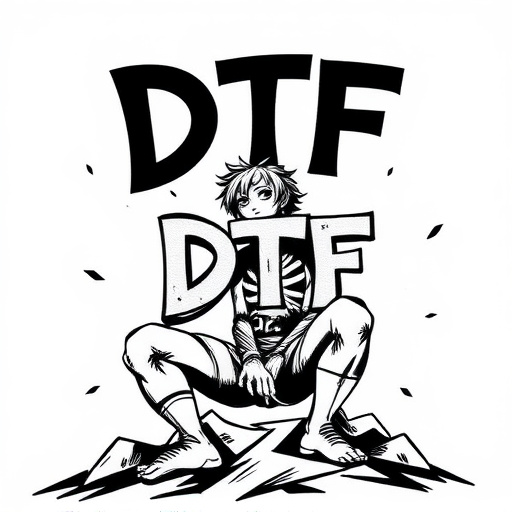
The digital age has brought about a paradigm shift in the way businesses operate, and this transformation is evident in the rapid growth of direct-to-film (DTF) transfer services. With the increasing demand for faster turnaround times, quick-ship options have become a game-changer in the industry. Consumers no longer have to wait days or even weeks for their custom-designed products; instead, they can now expect expedited delivery, catering to their immediate needs.
This rise in quick-ship solutions is largely driven by technological advancements and an evolving customer landscape. Modern printing technologies enable faster production times, while efficient logistics networks ensure swift distribution. As a result, DTF businesses can offer same-day or next-day shipping options, providing clients with unparalleled convenience and flexibility. This level of responsiveness is particularly appealing to time-sensitive orders, such as those for special events, promotional campaigns, or urgent business needs.
Key Features of an Efficient Quick-Ship Service

When it comes to direct-to-film (DTF) transfer orders, an efficient quick-ship service is paramount for meeting tight deadlines and ensuring a seamless production process. Key features distinguish the best options in this category. Firstly, real-time tracking of orders is essential, allowing clients to monitor the progress of their DTF transfers from start to finish. This transparency builds trust and alleviates anxiety about potential delays.
Additionally, same-day processing is a significant advantage. The ability to turn around orders promptly means filmmakers can access their film materials faster, enabling them to stay on schedule for shoots or post-production. A reliable quick-ship service should also offer competitive pricing without compromising quality, making it an attractive and accessible solution for DTF transfer needs.
Benefits for Businesses and Customers Alike
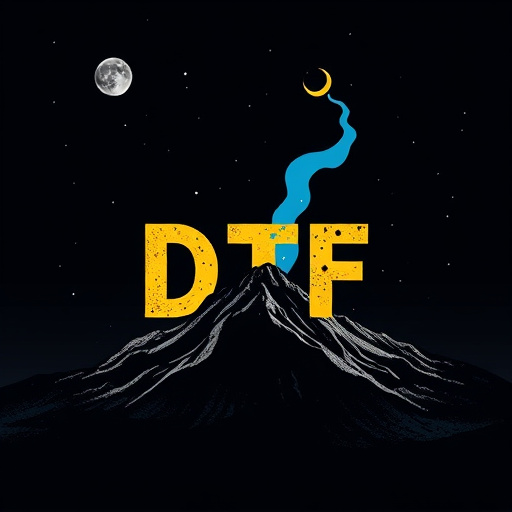
Quick-ship options for direct-to-film (DTF) transfer orders offer significant benefits for both businesses and customers. For businesses, the ability to swiftly fulfill DTF orders can enhance operational efficiency, improve customer satisfaction, and reduce costs associated with inventory management and storage. It allows companies to maintain a leaner supply chain, minimizing idle resources while maximizing production capacity.
Customers benefit from faster delivery times, which is particularly advantageous for time-sensitive projects or when urgent needs arise. Quick-ship options ensure that products reach their destination promptly, thereby preserving the freshness of content and enabling users to leverage DTF technologies more effectively. This efficiency translates into a competitive edge for businesses while providing consumers with a seamless and satisfactory experience.
Implementing Quick-Ship Options: A Step-by-Step Guide

Implementing Quick-Ship options for Direct-to-Film (DTF) transfer orders can streamline your production process and ensure faster delivery. Here’s a step-by-step guide to help you navigate this efficient approach:
1. Assess Your Needs: Begin by evaluating your current order management system. Identify pain points, such as long lead times or manual data entry, that Quick-Ship can address. Understand your DTF clients’ expectations regarding turnaround time and quality.
2. Choose a Reliable Quick-Ship Solution: Select a supplier offering this service with a strong track record in the industry. Ensure they have the necessary infrastructure, including efficient inventory management and fast shipping partnerships, to deliver on their promises. Check for options that allow you to pre-select specific shipping carriers known for their speed and reliability.
3. Integrate With Your System: Work with your chosen supplier to integrate their Quick-Ship system into your existing workflow. This might involve setting up automated data feeds or APIs to streamline order placement, tracking, and confirmation. Ensure real-time syncing for accurate inventory updates.
4. Implement Order Prioritization: Train your team on the new process, emphasizing the importance of prioritizing Quick-Ship orders. Establish clear protocols for order reception, validation, and assignment to production lines or shipping departments to meet stringent deadlines.
5. Test and Refine: Conduct pilot tests with select DTF clients to gather feedback and identify any potential bottlenecks. Adjust your implementation strategy based on lessons learned during the trial phase, ensuring a seamless transition to Quick-Ship options for all compatible orders.








